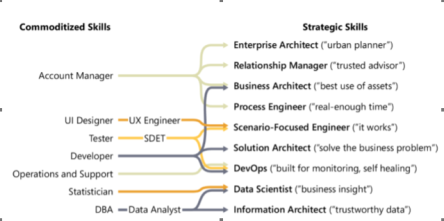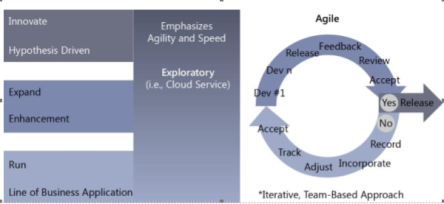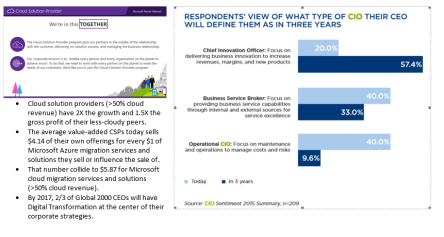 Enterprise planning is essential for implementing and managing cloud solutions for various applications while migrating to cloud. The migration activities should map with the cloud strategic steps to get the most of cloud environment. The business requirements for complete life cycle of any project can be streamlined with better planning and execution of the approach. Analyze the phase in your system and IT infrastructure processes, when the exact need to implement cloud is emerged and the essential tactics, business needs to follow. This process of analysis is equally followed by large enterprise and SMBs. So it is required to implement a cloud strategy that is accurate and effective for your business.
Enterprise planning is essential for implementing and managing cloud solutions for various applications while migrating to cloud. The migration activities should map with the cloud strategic steps to get the most of cloud environment. The business requirements for complete life cycle of any project can be streamlined with better planning and execution of the approach. Analyze the phase in your system and IT infrastructure processes, when the exact need to implement cloud is emerged and the essential tactics, business needs to follow. This process of analysis is equally followed by large enterprise and SMBs. So it is required to implement a cloud strategy that is accurate and effective for your business.
Following are the required scenarios for any IT enabled infrastructure merging with cloud.
- IT services should be business oriented.
- Application should support multiple browsers and operating systems for the recent technological enhancements in the market.
- Providing a common ground for multiple subscribers to plug and play their infrastructure’s vision with single pool for all resources.
- Accessibility on the cloud environment with scalable and flexible solutions.
- End users might require detailed information of the product for initial approvals. Creating effective use cases, storyboarding, and executing online webinars or one to one sessions with the customer will prove the best technique in making the customer familiar with the requirements of cloud environment.
- Understanding the capability of system and applications to extend business operations with respect to private, public and hybrid clouds.
- Analyze ROI measurements.
- Keeping the growth constant with consecutive execution of processes.
End users accessing the systems on cloud is generally not aware about the cloud base on which the application is working on. Application owners must be attentive to accumulate different components and information running between distributed environments. Application performance must be analyzed with different analytics tools and systems to fetch and track the utilization of the system by different resources and users. In this way, the core issues holding the growth of overall performance for each zone associated with the system, the cloud environment and the organizational processes could be easily and effectively resolved. Monitoring is another effective and essential component in application management to get the details of system performance on different levels of execution. It helps to maintain the quality standards.
Monitoring usage:
- System health determination at all levels.
- Tracking the effectiveness of each component for bulk content.
- Checking for the constant throughput with complete system execution life cycle.
- Tracing the system accuracy with service-level agreements (SLAs) for SaaS, PaaS or IaaS established with the customer.
- Determining the loopholes and then to rectify the issues with constant technical or administrative support.
- Subsequent updates for software and deployment to keep the application health and performance on track.
- Ensuring quality maintenance for all the deliverables. Visit Us!







